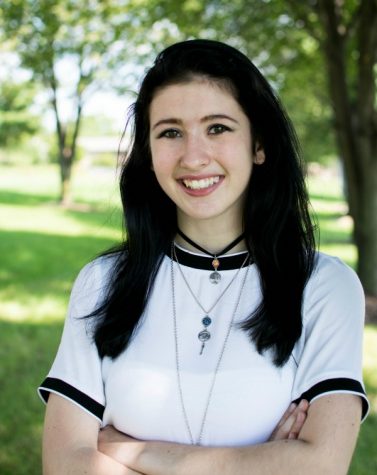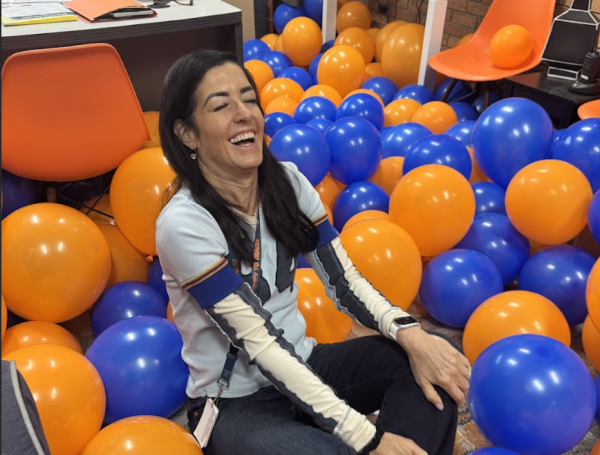The “SAD” truth about the winter blues

Junior Sean Dorsey does not have the luxury of seeing the sun some days.
Dorsey starts swim practice at 5:30 AM and stays after school until 6:00 PM every day in the winter like many other athletes and busy students at Naperville North.
“It’s really hard because you are constantly waking up early, so you’re just tired,” Dorsey said. “It’s weird leaving school when it’s pitch black.”
Although Chicago experiences warm summers, the winter months can be more harsh than in other parts of the country. This seasonal flux can negatively impact mental health, especially that of teenagers–a condition known as Seasonal Affective Disorder (SAD).
SAD can be described as a more severe form of the “winter blues.” According to Webmd, SAD is a form of depression that starts to appear around the same time each year, usually starting in the fall, reaching its peak during the winter and subsiding in the spring.
SAD is caused by a lack of serotonin and vitamin D, both boosted by exposure to sunlight. With a less of daylight hours, teens can easily become chemically imbalanced.
About half a million Americans, most of them living at higher latitudes, suffer from this disorder each year.
NNHS Health Teacher Deanna Nesci talks about SAD with her students each semester during the mental health unit. As someone who works with teens, Nesci has noticed behavioral changes in her students during the winter months.
“I recognize it just as a general low in the school. Some students combine with the fact of the seasonal part of it as well as situational, things at home may not be well either,” Nesci said.
While this is a relatively common disorder, a lot of teenagers never notice they are suffering from SAD because they are not aware of the symptoms. Students may realize something is wrong when they begin to not feel like themselves during the same time of each year.
Pamela Seubold, a nurse at NNHS, said kids who may feel down or use the words “sad” and “depressed” when discussing their mental state maybe be suffering from SAD.
“It’s not always something that’s black and white,” Seubold said. “From what I’ve seen, kids don’t always know what’s going on and you see a pattern, and it tends to be when you wake up in the dark and go home in the dark.”
District 203 Connections Social Worker Amanda Giglio said incorporating enjoyable activities into your day can ease some of the symptoms of SAD. According to Giglio, simply being in tune with your own body and your own ways to find happiness is one of the most important things.
“What works for one person may not work for you,” Giglio said.

Julia Shanahan is a proud senior here at Naperville North, and is excited for her second year writing for The North Star as the Editorial Editor. While...










